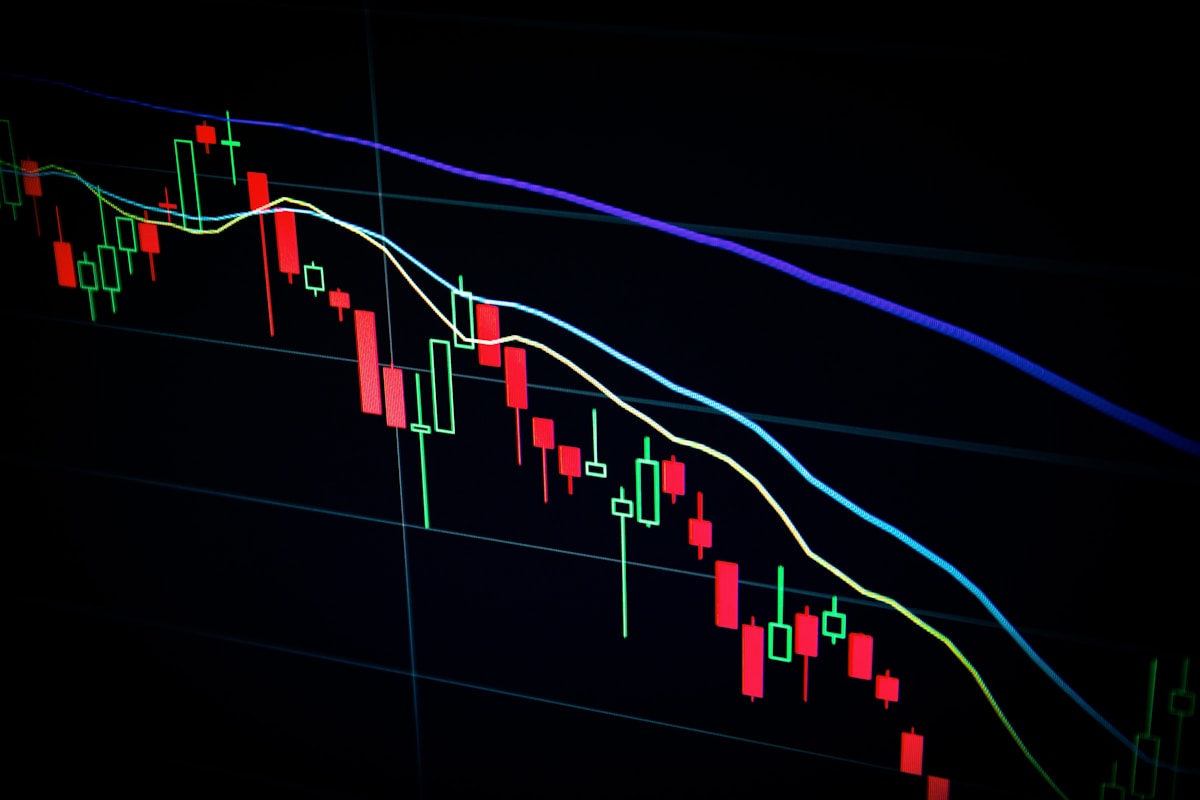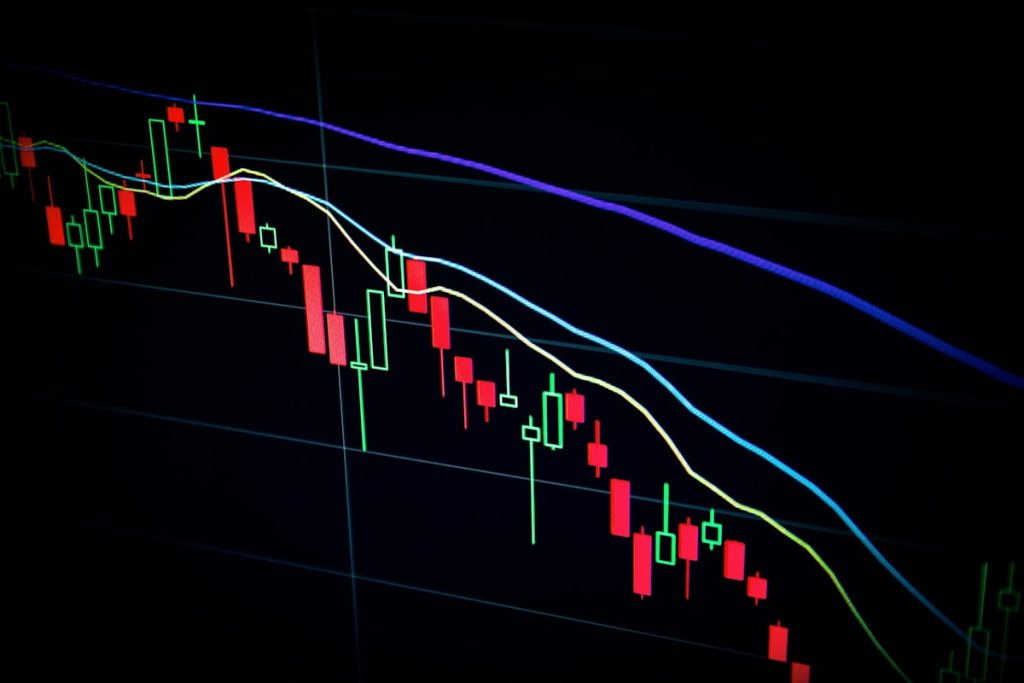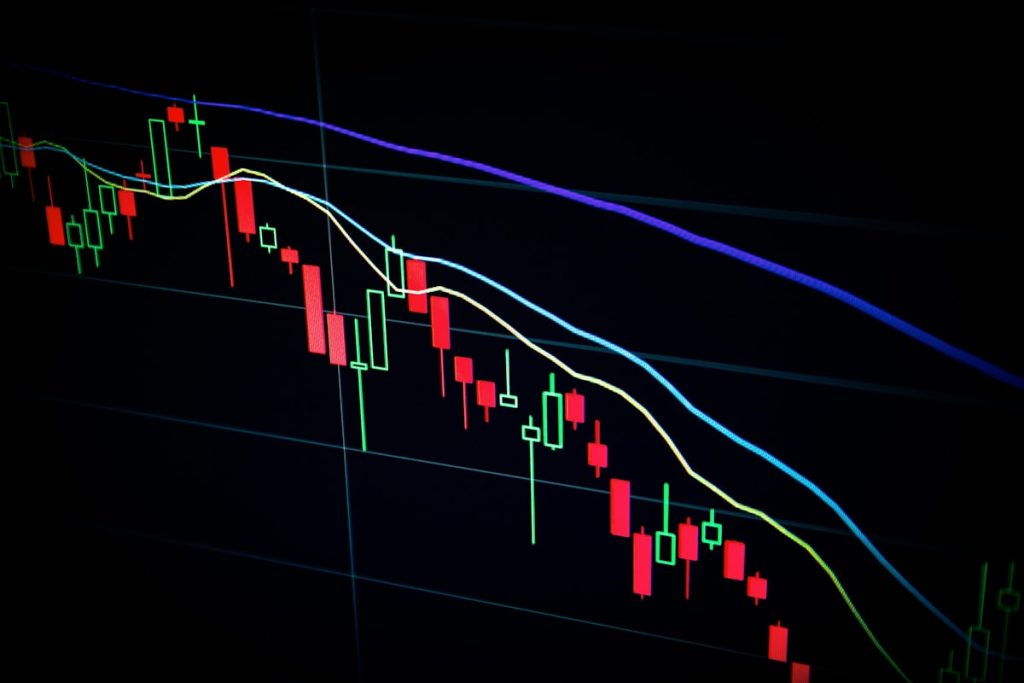,
,
- , etc. Topic: “Stocks down with trade war deadline approaching”. Knowledge cutoff June 2024, date Aug 6, 2025. So we can incorporate recent events up to now (2025). Need 500 words approx, raw HTML.
We need to ensure the article is about stocks down with trade war deadline approaching. Should discuss recent developments, market sentiment, sectors affected, potential scenarios, investor strategies. Use headings, paragraphs, maybe bullet points, maybe a table? Use semantic HTML.
500 words exactly? Approximately 500 words, not exactly required but close. We’ll aim for around 500 words (maybe 480-520). Use
for title? The instructions: Use semantic tags (
,
,
- , etc.). Could include
. Let’s produce.
Will produce raw HTML without extra commentary. Ensure no extra text outside HTML.
Let’s draft.
Word count estimate: Let’s aim for ~520 words.
Write.
Stocks Slip as Trade‑War Deadline Looms
By Financial Tech Analyst – August 6, 2025
Why the Market Is Nervous
Global equity markets have entered a defensive posture ahead of the June 30 deadline set by the United States and the People’s Republic of China to resolve a series of tariff disputes that have simmered since 2022. The looming “trade‑war clock” has reignited concerns about supply‑chain disruptions, earnings volatility, and the broader macroeconomic impact of a renewed tit‑for‑tat tariff regime.
Investors are reacting to three intertwined signals:
- Policy ambiguity: Both Washington and Beijing have hinted at “strategic pricing” measures that could be implemented if negotiations stall, leaving markets uncertain about the final tariff schedule.
- Currency pressure: The yuan has weakened 4 % against the dollar since the start of the year, raising the cost of imported components for U.S. manufacturers and heightening inflation worries.
- Sector exposure: Technology, automotive, and consumer discretionary stocks carry the highest exposure to cross‑border supply chains, making them the most sensitive to any escalation.
Market Performance Snapshot
As of the close on August 5, the S&P 500 was down 1.8 % from its July 31 peak, while the Nasdaq Composite slipped 2.4 %. European benchmarks mirrored the trend, with the Euro Stoxx 50 falling 1.5 % and the FTSE 100 down 1.2 %.
In the Asian arena, the Shanghai Composite dropped 2.1 % and the Hang Seng Index fell 2.8 %, reflecting heightened sensitivity to the bilateral negotiations. The divergence between U.S. and Asian markets has narrowed, underscoring the global reach of the trade‑war narrative.
Sector‑Specific Impact
While the sell‑off is broad‑based, certain sectors are feeling the pressure more acutely:
- Semiconductors: Companies such as NVIDIA, AMD, and Taiwan’s TSMC saw shares slide 3–4 % after analysts warned that higher tariffs on advanced chips could compress margins.
- Automobiles: Major OEMs with Chinese production footprints—Ford, General Motors, and Volkswagen—experienced a 2‑3 % dip as investors priced in potential cost spikes for steel and electronic components.
- Consumer tech: Apple’s iPhone supply chain, heavily reliant on Chinese assembly, prompted a 2.5 % decline in AAPL after rumors of a 7.5 % tariff on finished devices surfaced.
- Energy: Oil‑related equities have been relatively resilient, buoyed by higher crude prices that offset tariff concerns.
What Could Happen After the Deadline?
Analysts outline three plausible outcomes once the June 30 deadline arrives:
- Negotiated settlement: A phased reduction of tariffs could restore confidence, potentially triggering a 4‑6 % rebound in risk assets over the next quarter.
- Partial escalation: If only a subset of disputed goods face new duties, volatility may persist, with sector rotation favoring domestic‑focused firms and commodities.
- Full‑scale tit‑for‑tat: A comprehensive tariff increase could push the S&P 500 below its 2023 low, prompting a flight to safety in Treasury bonds and gold.
Investor Strategies in a Tightrope Market
Given the heightened uncertainty, portfolio managers are adopting a blend of defensive and opportunistic tactics:
- Diversify across geographies: Adding exposure to markets less entangled in U.S.–China trade, such as India or Southeast Asia, can mitigate concentration risk.
- Focus on earnings quality: Companies with strong cash flows, low debt, and minimal reliance on imported inputs are better positioned to weather tariff shocks.
- Utilize options for hedging: Protective puts on high‑beta tech stocks provide downside insurance while preserving upside potential.
- Consider sector rotation: Shifting capital toward utilities, health‑care, and high‑dividend equities can generate stable returns amid market turbulence.
Finally, maintaining a disciplined long‑term perspective remains crucial. Historical data show that trade‑related market dips are often temporary, and the underlying growth trajectory of the global economy continues to rise.



